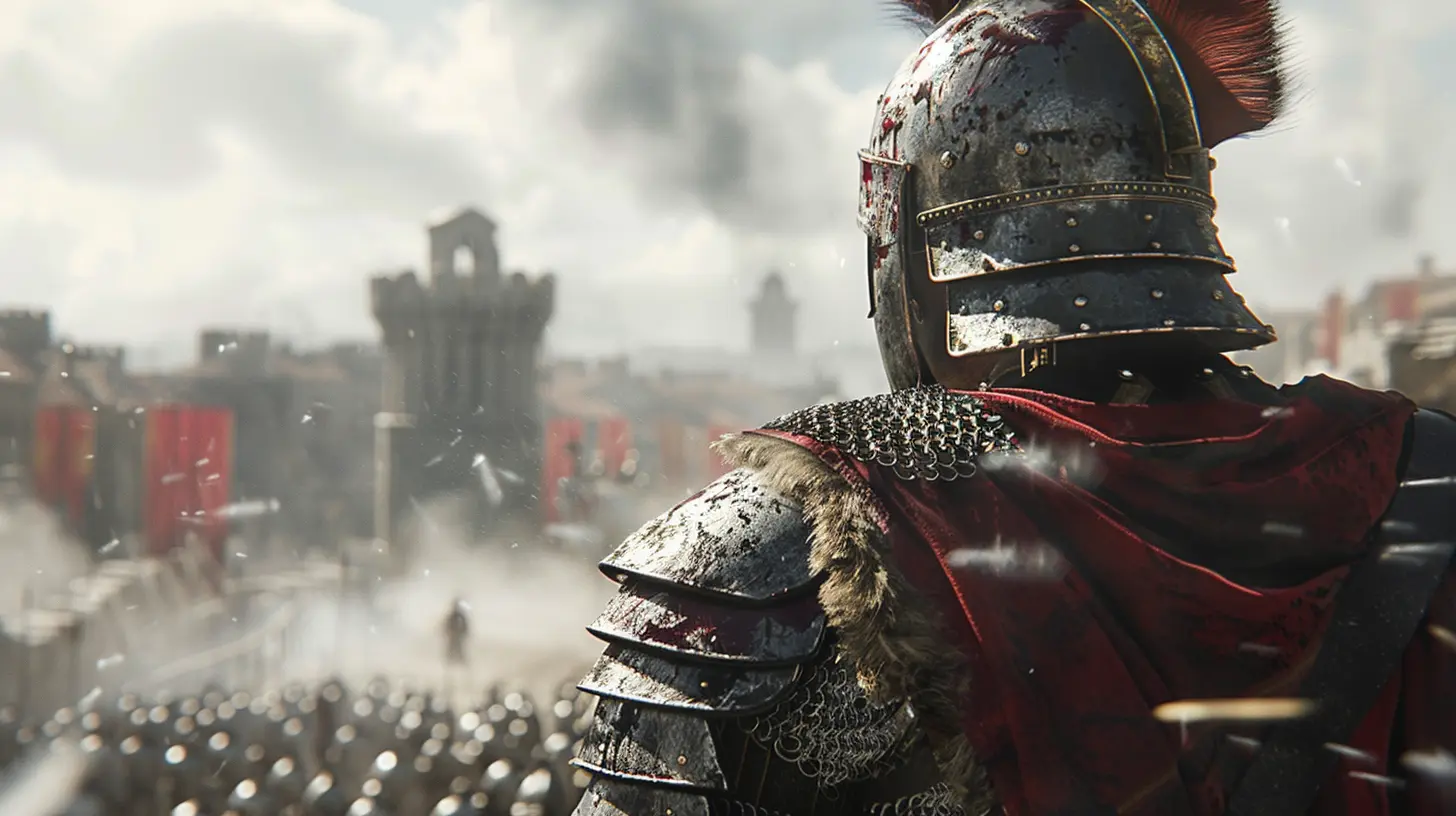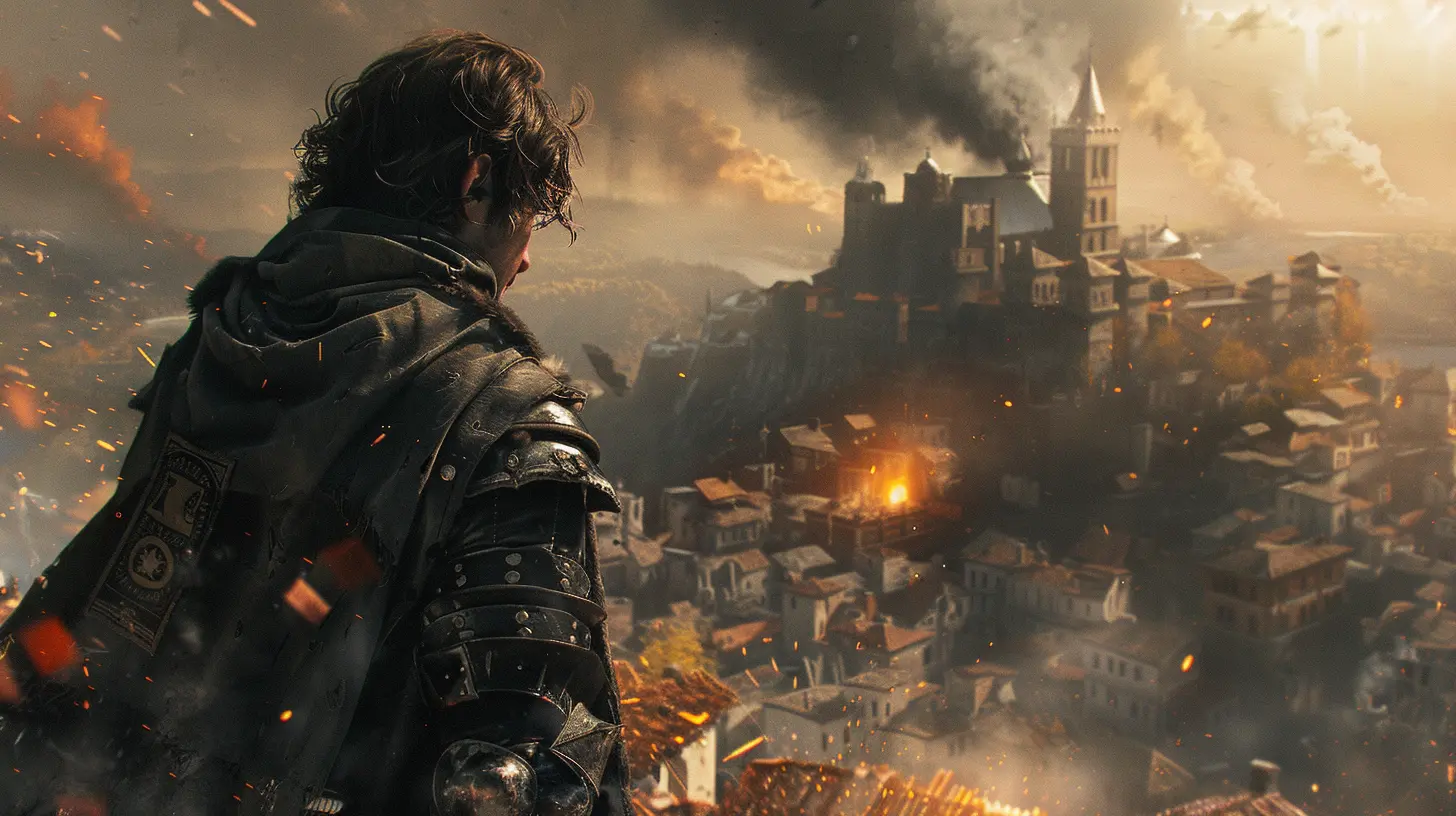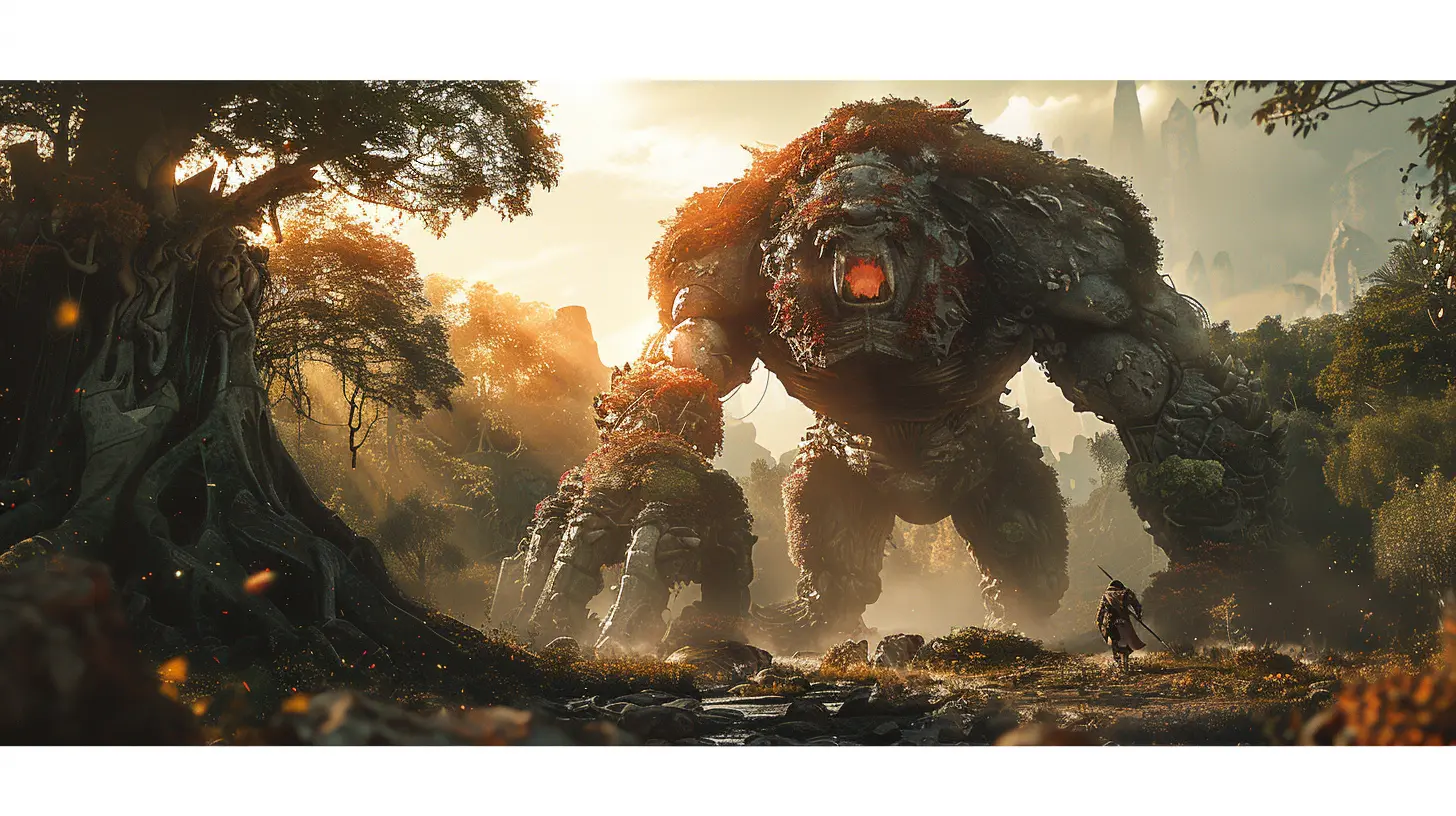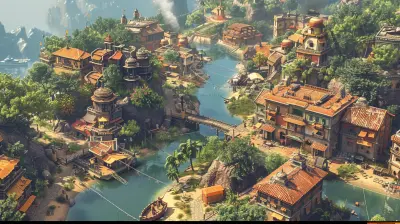The Evolution of Combat Design in Modern Games
30 July 2025
Combat mechanics are at the heart of many video games. Whether you're wielding a sword against fantastical creatures, blasting aliens in a futuristic setting, or engaging in intense hand-to-hand fights, combat defines how many of us experience the action and thrill of gaming. But have you ever stopped to think about how far game combat design has come? It’s wild to look back and see how developers have innovated and adapted to keep us at the edge of our seats.
In this article, we’re going to take a deep dive into how combat design has evolved in modern games, from its humble beginnings to the complex systems we see today. Let’s crack open this treasure chest of gaming history and design philosophy! 
Beginnings: The Simplicity of Early Combat Systems
Let’s rewind to the era of 8-bit and 16-bit gaming. The combat systems in early games like Space Invaders or Pac-Man were ridiculously simple by today’s standards. In Space Invaders, you could only move left or right and shoot one bullet at a time. Combat wasn’t about depth—it was about mastering basic mechanics.Why was it so simple back then? Technology played a huge role. The hardware of the time just couldn’t handle complex calculations or AI behavior. Developers had to get creative within tight constraints. But simplicity wasn’t necessarily a bad thing. These games were fun because they were accessible. Anyone could pick up a controller and immediately start blasting invaders or chomping down pellets. 
Stepping Up: The Rise of Strategy and Player Choice
As gaming hardware improved, so did combat mechanics. Let’s talk about the Legend of Zelda series for a second. In 1986, the first Zelda game introduced players to a top-down action-adventure experience where combat wasn’t just about mashing buttons but involved timing and positioning. Suddenly, the player’s choices started to matter more.Games like Final Fantasy expanded the concept even further with turn-based combat. Instead of fast reflexes, these games rewarded careful planning and strategy. Do you cast fire magic on that troll, or save your mana for a bigger threat later on? Combat became a chess match, and players loved it. 
The Birth of Realism: 3D Gaming Changes the Game
Enter the 1990s—3D gaming blew everybody’s minds. Titles like Tomb Raider and GoldenEye 007 used this new dimension to redefine combat. Now, you weren’t just looking at sprites on a flat screen. You were immersed in a space where enemies could flank you, and cover mechanics started to emerge.And then there’s Metal Gear Solid. This game took a completely different approach, encouraging players to avoid combat altogether. Stealth mechanics became a key part of the gameplay loop, and combat was treated as a last resort. It was a refreshing change, and it showed that combat could be more than just “kill-or-be-killed.” 
Fast-Paced Frenzy: FPS and Action Combos
Fast forward to the 2000s, and combat design took a more frenzied turn with first-person shooters (FPS) like Halo and Call of Duty. These games prioritized fluid controls, high-octane action, and online multiplayer modes. Suddenly, combat wasn’t just you versus the AI—it was you versus real people.In parallel, action games like Devil May Cry and God of War went all-in on combo systems. Every slash and punch flowed into the next, creating a kind of rhythm-based combat dance. Those games rewarded stylish play and creativity. Combos became an art form.
This era also saw an emphasis on spectacle. Think of the over-the-top finishing moves in Mortal Kombat or the cinematic set-pieces in Call of Duty. Combat wasn’t just about mechanics anymore; it was about showmanship.
Modern-Day Marvels: Open Worlds and Player Freedom
Now we’re stepping into the era of modern gaming, and wow, have things evolved. One of the biggest trends in combat design today is player freedom. Open-world games like The Witcher 3 and Elden Ring don’t just give you a sword and say, “go fight.” They let you decide how to fight.Want to be sneaky and pick enemies off from a distance with a bow? Go for it. Prefer to charge in like a berserker, dual-wielding axes? Heck yes. Modern combat systems don’t force you into a specific playstyle. They cater to the way you want to play.
And let’s take a moment to appreciate the rise of dynamic AI. Enemies in games like The Last of Us Part II adapt to your actions. If you keep using the same tricks, expect the AI to catch on and force you to switch it up. It’s combat that feels alive—like you’re up against real opponents.
Enter the Soulslike Revolution
Love it or hate it, the Soulslike genre deserves its own spotlight. Games like Dark Souls, Bloodborne, and Elden Ring have redefined how modern players think about combat.These games are tough as nails, but they’re also fair. Combat is deliberate, with a heavy emphasis on reading enemy patterns and punishing mistakes. You can’t just spam attacks and hope for the best—you need patience and precision. It’s like chess with a sword.
The Souls games also brought stamina management to the forefront. Every swing of your weapon costs stamina, so you can’t just go all-out. You need to think about when to attack, when to block, and when to dodge. It’s all about balance.
The Influence of Technology in Modern Combat Design
Technology has been the silent hero of combat evolution. Advancements in processing power have allowed for more complex enemy AI, larger battles, and seamless animations. Motion capture, for instance, has made hand-to-hand combat incredibly lifelike. When you throw a punch in Uncharted or Batman: Arkham Asylum, it feels like you’re watching a real fight unfold.Virtual reality (VR) has also opened up new possibilities. Games like Blade and Sorcery let you physically swing a sword or block an incoming attack with your shield. It’s the closest thing we’ve got to living out our medieval knight fantasies.
Combat Accessibility: Play Your Way
One of the coolest trends in modern combat design is accessibility. Not everyone plays games the same way. Some players want a brutal, skill-testing experience, while others just want to enjoy the story without struggling through combat.Games like Hades and Ghost of Tsushima offer adjustable difficulty settings, while others like Celeste have assist modes that let players tweak the gameplay to fit their needs. This shift toward accessibility ensures that more people can enjoy the thrill of combat, regardless of skill level.
What’s Next: The Future of Combat Design
So, where is combat design headed? One word—immersiveness. As technology continues to evolve, we can expect games to deliver even more realistic and innovative combat experiences. Imagine fighting in a fully destructible environment where every swing of your weapon impacts the world around you.AI will also continue to grow smarter, creating enemies that feel truly alive. And with technologies like haptic feedback and VR, combat could become even more visceral—you might actually feel the tension of parrying a sword strike in your hands.
The possibilities are endless, and that’s what makes gaming so exciting.
Final Thoughts
Combat design in modern games has come a long way, hasn’t it? From the pixelated aliens of Space Invaders to the deeply immersive battles of Elden Ring, each step in this evolution has pushed the limits of what’s possible. Developers keep finding new ways to surprise us, making combat more engaging, complex, and personal.The magic of combat design lies in its ability to adapt and evolve while still keeping us hooked. Whether you’re a fan of turn-based strategy, button-mashing brawlers, or open-world RPGs, there’s something for everyone. And the best part? The journey is far from over. Who knows what the next level of gaming will bring?
all images in this post were generated using AI tools
Category:
Video Game DesignAuthor:

Whitman Adams
Discussion
rate this article
2 comments
Trevor Mahoney
Ah yes, because nothing says 'innovation' like endlessly rehashed mechanics with a shiny new coat of paint!
November 2, 2025 at 5:52 AM

Whitman Adams
I appreciate your perspective! While some mechanics may seem familiar, many innovations lie in how they're applied and integrated into narratives and player experiences.
Weston Gray
Combat design has transformed from simple mechanics to immersive experiences that engage players like never before. Emphasizing strategy, realism, and creativity, modern games empower us to forge our unique paths in virtual battles, showcasing the limitless possibilities of interactive storytelling. Game on!
August 2, 2025 at 3:23 AM

Whitman Adams
Thank you for your insightful comment! The evolution of combat design indeed enriches player experiences and emphasizes creativity and strategy in gameplay. Game on!


